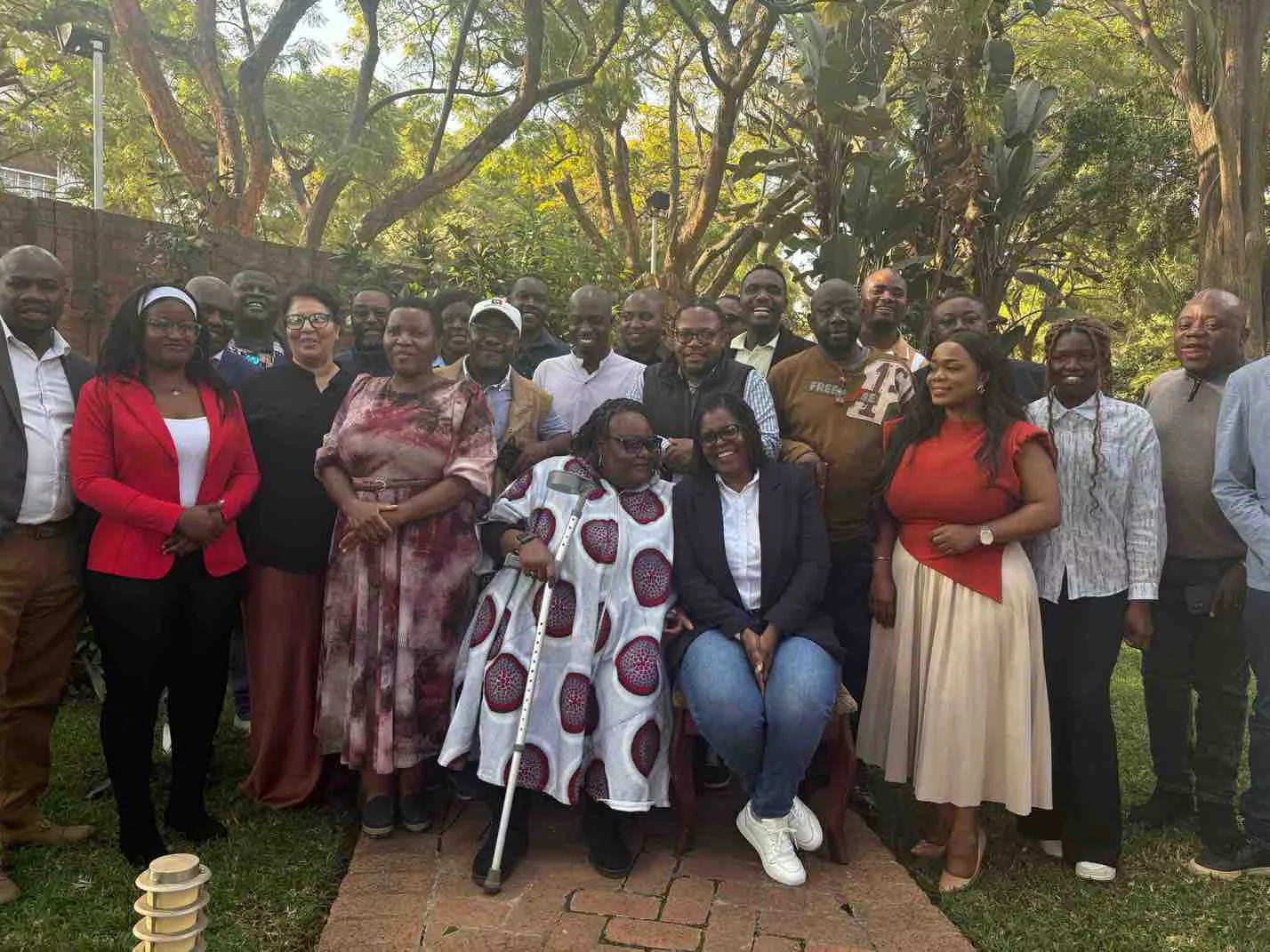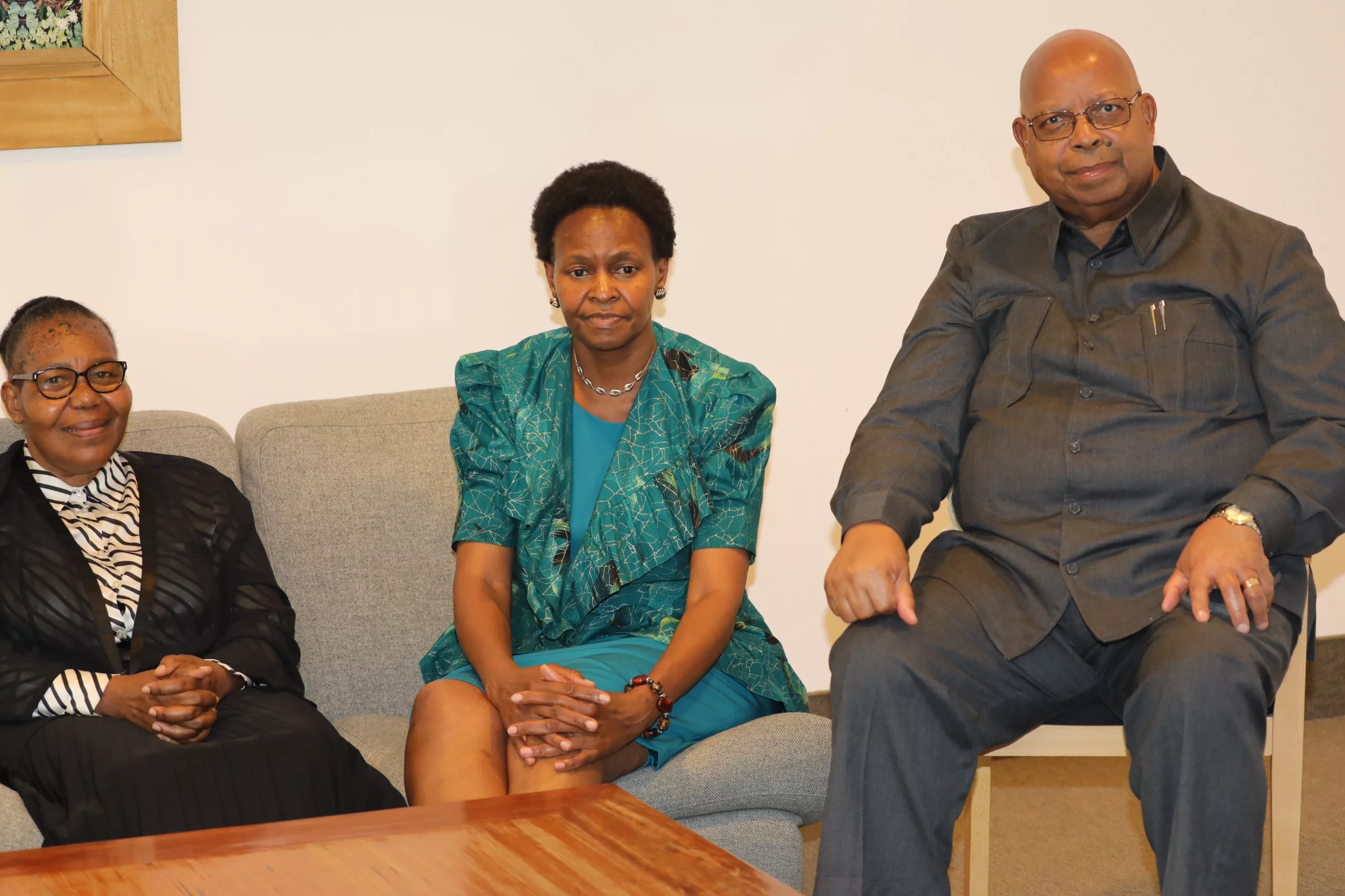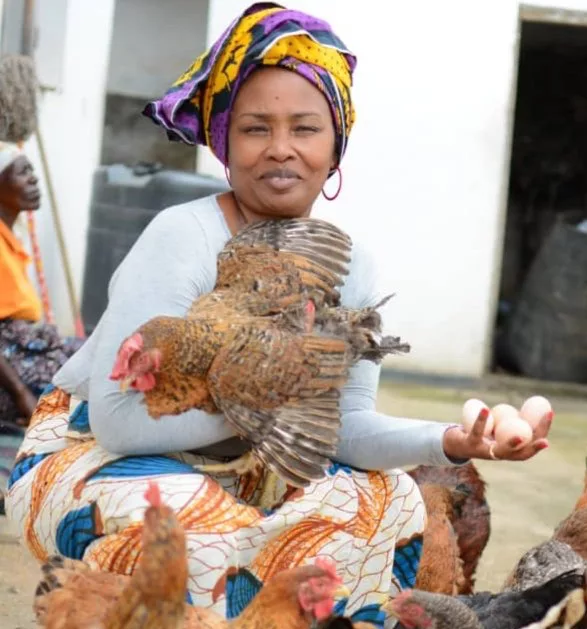… but major breakthroughs still can be made
New multi-sector, nation-wide research shows Zimbabwe recorded a decrease in maternal mortality from 614 to 462 maternal deaths per 100 000 live births since 2014, and an increase in full immunisation coverage to 85%.
But more needs to be done in several areas such as to reduce child marriages, which remains at 5% for women under 15, and a reducing of neonatal mortality – according to the 2019 Multiple Indicator Cluster Survey (MICS).
At an event today, Zimbabwe National Statistics Agency (ZIMSTAT) disseminated the wide-ranging key findings from the MICS, the most comprehensive and largest source of statistically sound and internationally comparable data on women and children worldwide – developed and supported by UNICEF.
The large scale and challenging field survey was conducted between January and April last year for the 2019 MICS and received funding from the European Union, UKAID, and the Government of Sweden as well as UNICEF and UNFPA. Through these efforts, Zimbabwe became only the 14th country to complete and release the 6th round of MICS results.
“Though other countries are following, including some in the Southern African Region, having Zimbabwe as one of the first few to complete the survey is testament to the value that the Government of Zimbabwe attaches to the importance of robust indicators on the situation of children and women,” said UNICEF Representative Laylee Moshiri in her opening remarks at the event.
“I am very excited today that we are disseminating the 2019 MICS results. The results could not have come at any better time than now when the Government of Zimbabwe is in the process of coming up with the 1st 5 Year National Development Plan aimed at steering the country towards sustainable development,” she said.
The survey findings provide disaggregated data to measure progress and assess gaps on key indicators in numerous thematic areas affecting women and children’s lives such as child and maternal mortality, fertility, child health and nutrition, birth registration, adolescents, HIV and sexual behavior, child discipline and domestic violence, early childhood development, education, and drinking water, sanitation and hygiene, amongst many others.
“The MICS are conducted under the auspices of the Zimbabwe United Nations Development Assistance Framework (ZUNDAF) jointly coordinated by the Office of the President and Cabinet and the UN Resident Coordinator,” said Mr Taguma Mahonde, ZIMSTAT Director General.
“I would like to commend UNICEF for coordinating the provision of financial and technical assistance for the MICS without which this survey would not have been possible. The partnership with the Government of Zimbabwe is appreciated and I hope it will grow from strength to strength,” he said.
Since its inception in 1995, 326 MICS surveys have been conducted by 116 countries generating data on key indicators on the well-being of children and women, and helping shape policies and programmes for the improvement of their lives. MICS is a major source of data for countries to measure progress on the 2030 Agenda and achieving the Sustainable Development Goals.
The MICS involves a wide range of stakeholders at different levels including key Government Ministries and Departments, namely ZIMSTAT, Ministry of Finance and Economic Development, Ministry of Health and Child Care; Ministry of Primary and Secondary Education, and Ministry of Public Service, Labour and Social Welfare.






